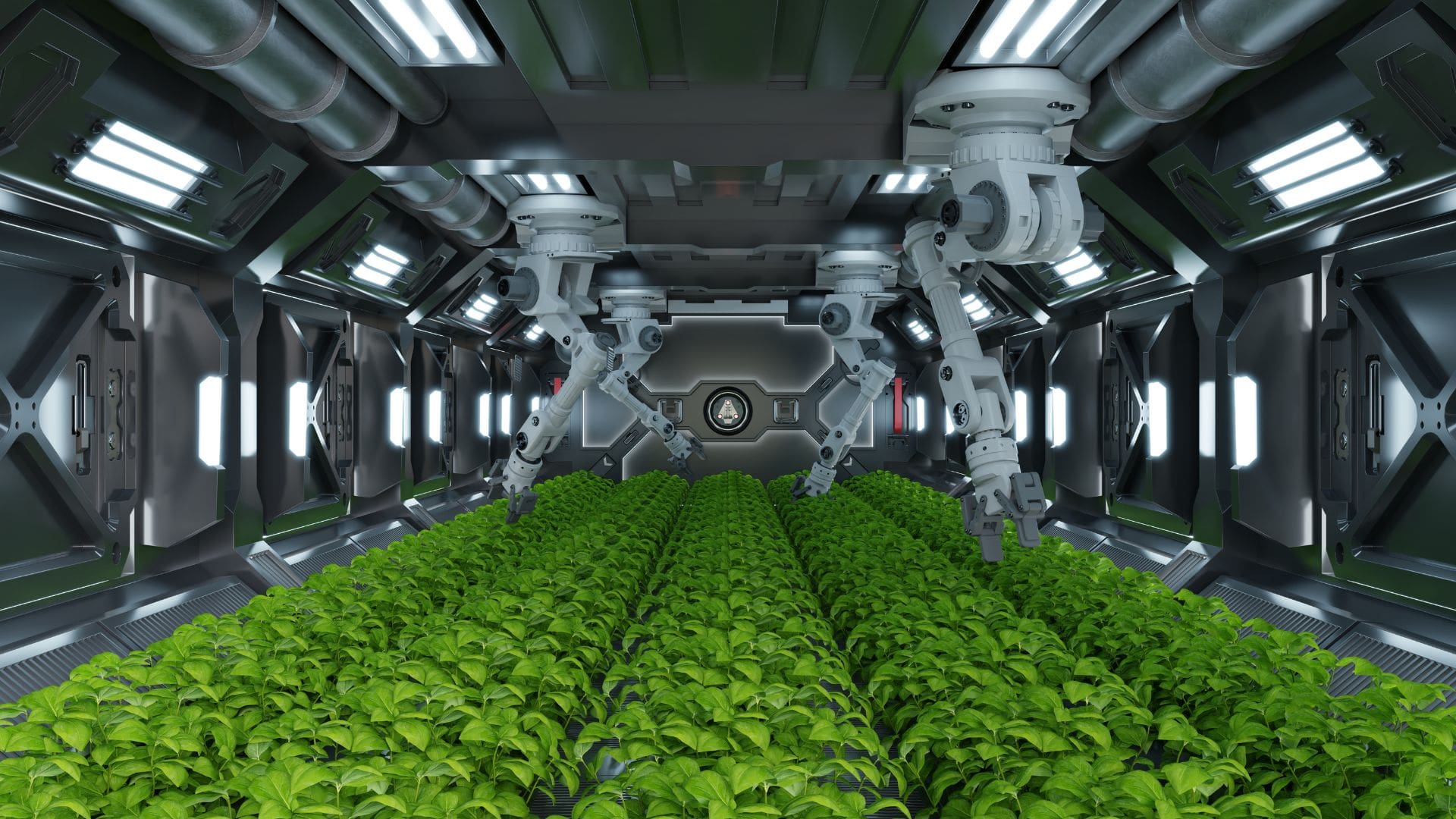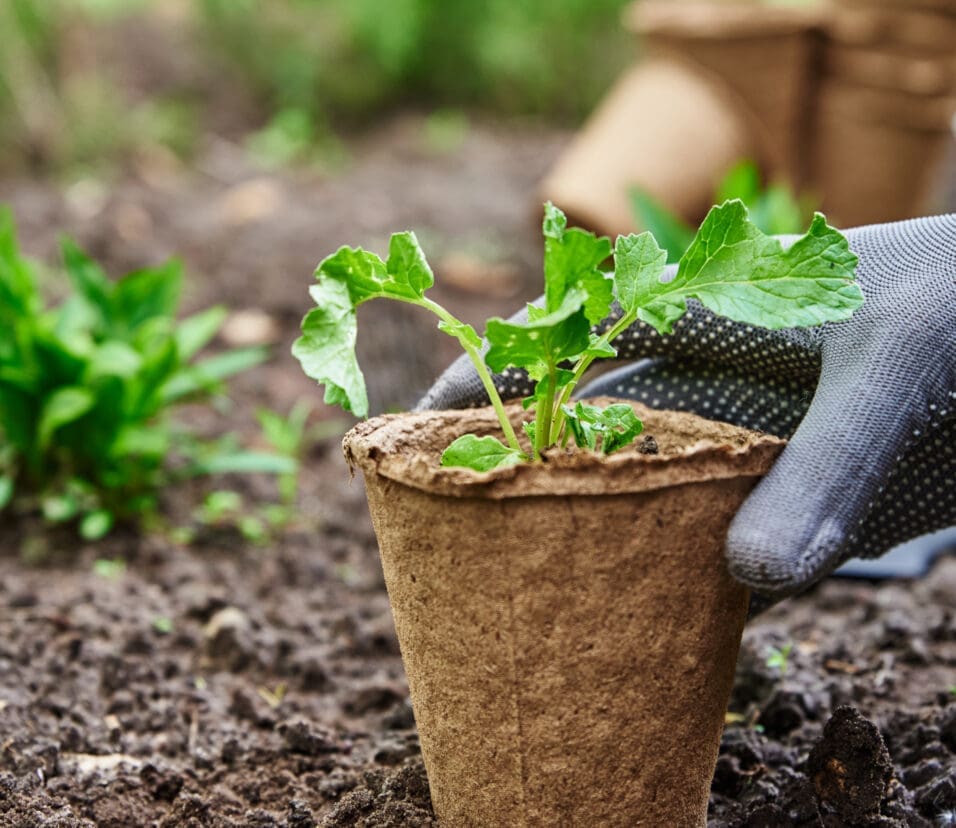The agricultural industry has come a long way since the days of simple hand tools and manual labour. Technology has revolutionised the way that farmers plant and harvest crops, care for livestock, and manage their land. Today, farmers have access to an array of sophisticated tools and equipment that can help them maximise crop yields and minimise wastage. This technology has made farming more efficient and productive than ever before. Perhaps even more importantly, it has allowed farmers to remain competitive in a global marketplace. As the demand for food continues to increase, the ability to produce crops quickly and efficiently is essential for meeting this demand. There is no doubt that technology is transforming the way we farm, and the sector is poised for continued growth in the years ahead.
Keeping Up With the Times
Technology has impacted nearly every industry on the planet, and the farming industry is no exception. In fact, some would say that the farming industry has been transformed more so than the others by advances in technology. From GPS-guided farm equipment to artificial intelligence and everything in between, technology has changed the way we farm.
We’ve seen a number of changes in recent years as well. Let’s take a look at some of the ways technology is impacting the farming industry in the Caribbean and how farmers are keeping up with the times.
GPS-Guided Farm Equipment
One of the most important pieces of farm equipment is the tractor. In years past, farmers would have to manually guide their tractors through fields, which was not only time-consuming but also led to many missed crops. Nowadays, however, tractors are equipped with GPS systems that allow them to automatically follow a predetermined path. This helps farmers save time and increase their yields.
In addition to GPS-guided tractors, there are also GPS-guided combines, harvesters, and other farm equipment. This allows farmers to work more efficiently and get more done in less time. It reduces wear and tear on equipment by eliminating the need for manual steering.

Artificial Intelligence
Artificial Intelligence (AI) is used for monitoring crop health and predicting weather patterns. Farmers are beginning to adapt to these technologies quite well. This helps them make better decisions about when to plant, how to care for their crops, and what crops to grow. AI can also be used for automated irrigation and weed control. Automated irrigation systems help farmers water their crops more efficiently, while automated weed control systems help them to eliminate weeds without having to use harmful chemicals.
Drones
Drones are now being used to help with crop dusting and other tasks. Farmers use them to dust their crops with pesticides and fertilisers without having to go into the fields themselves. This saves them loads of time and effort. Drones also help with irrigation by mapping out the areas that need to be watered.
Robots
Farmers use robots to handle tasks such as picking fruits and vegetables. This assists in improving the efficiency of farms and reduces the amount of labour that is required. Farm owners are also using robots to milk cows and goats. This aids in the reduction of human to animal contact, which is important for biosecurity purposes.
Connecting Farmers with Social Media and Mobile Technology
Social media and mobile technology have revolutionised the way we communicate and stay connected. In recent years, these tools have also begun to play an important role in the agricultural sector.
This technology offers a wealth of opportunities for farmers to connect with each other and access important information about their crops. It provides easy access to real-time data about weather, market prices, and crop conditions. This information aids in farmers making better decisions about when to plant, how to irrigate, and what crops to grow. Mobile apps can also be used to track equipment maintenance, soil fertility levels, and irrigation schedules.
As the world becomes increasingly digital, it is clear that social media and mobile technology will continue to shape the way we farm.
The Pros and Cons of Automation in Farming
Farming has been a part of human society for thousands of years. It is an activity that is essential to our survival, providing us with food and other resources. In recent years, however, there has been a shift from traditional farming methods in favour of technological advances.
While this change has brought some benefits along with it, there are also some disadvantages that should be considered.
Advantages
- One of the main advantages is increased efficiency. Machines can accomplish tasks much faster than humans, and they can operate around the clock if necessary. This means that more crops are grown in a shorter period of time, resulting in increased yields.
- In addition, technology helps to reduce the amount of labour required to run a farm. Farmers have access to GPS systems and automated machinery to perform many tasks that would previously have been done by hand. This allows them to free up their time for other activities, such as marketing and sales.
Disadvantages
- One of the biggest concerns is the potential for job loss. As machines become more efficient, there is less need for human workers on farms. This could lead to large numbers of people being unemployed, with no way to support themselves or their families.
- In addition, technology can be expensive to implement and maintain. Farmers must carefully consider whether the cost of investing in new equipment will ultimately be outweighed by the benefits it provides.
The role of technology in the farming industry is clear. It continues to be a vital tool in ensuring that farmers meet the demands of a growing population. From GPS-guided farm equipment to artificial intelligence, farmers have started to adopt new technologies to help them increase their yields and improve their operations. As these technologies become more widely available, we expect to see even more adoption in the years to come.







